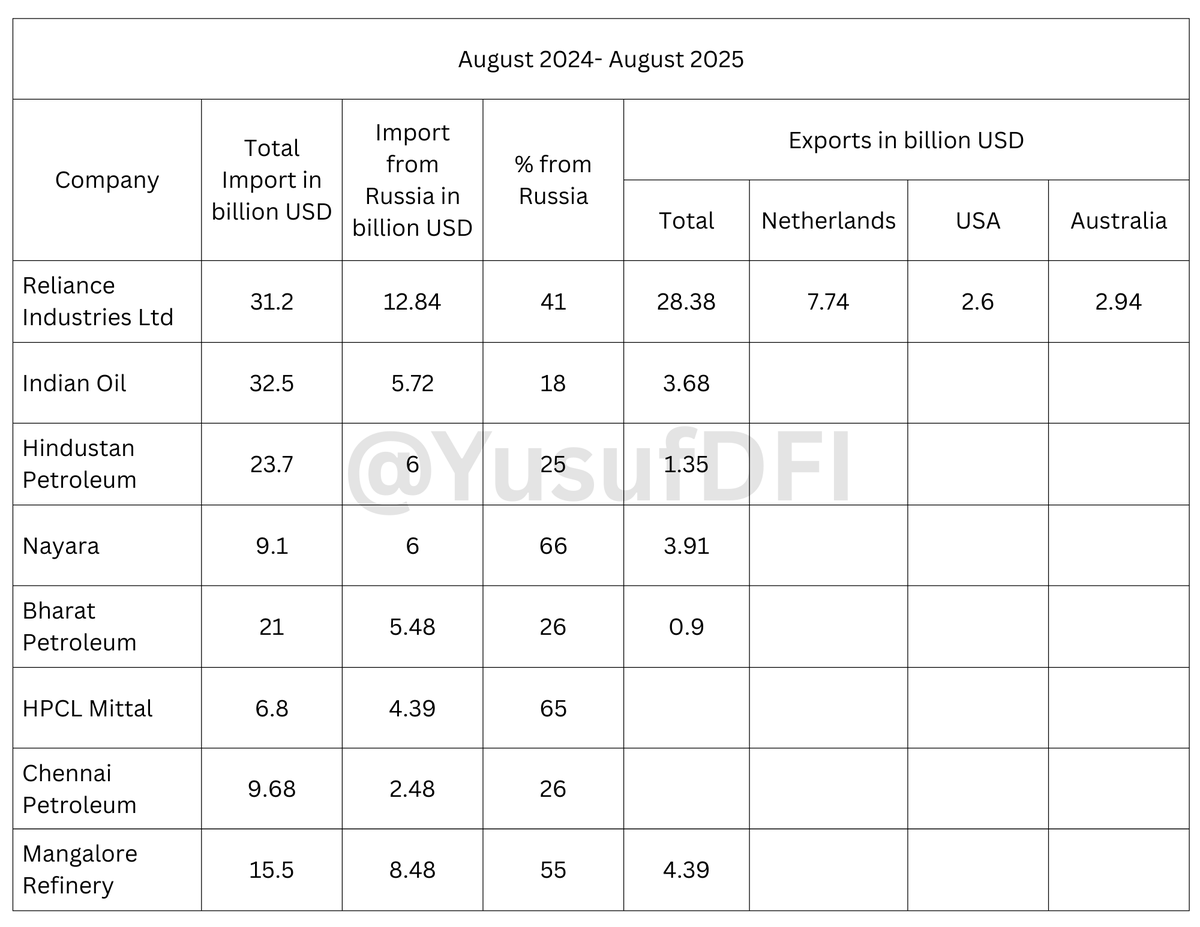Trust me, this is not new.
A few years ago, my supplier in Taiwan made business cards and couriered me, about 300 of it. I was made to pay customs on it. About ₹1000. Cost of making cards in India is ₹1 each.
And I don’t want to get started on my regular commercial shipments.
A few years ago, my supplier in Taiwan made business cards and couriered me, about 300 of it. I was made to pay customs on it. About ₹1000. Cost of making cards in India is ₹1 each.
And I don’t want to get started on my regular commercial shipments.
https://twitter.com/shenoyn/status/1302487874466537472
My supplier sends compliments in my shipment. For them its as a matter of routine, but ends up costing me in delayed clearance & ₹ as customs want invoice & packing list for it. And also a share of the compliments, or all of it 🤷♂️.
I requested my supplier to stop sending
I requested my supplier to stop sending
And this rubs off in policy making too. GST is applicable on free samples and free services. Like banks have to charge 18% on free services on a deemed value 😂😂
Talking about tax & taxman,
https://twitter.com/YusufDFI/status/1192786818258726916
• • •
Missing some Tweet in this thread? You can try to
force a refresh





